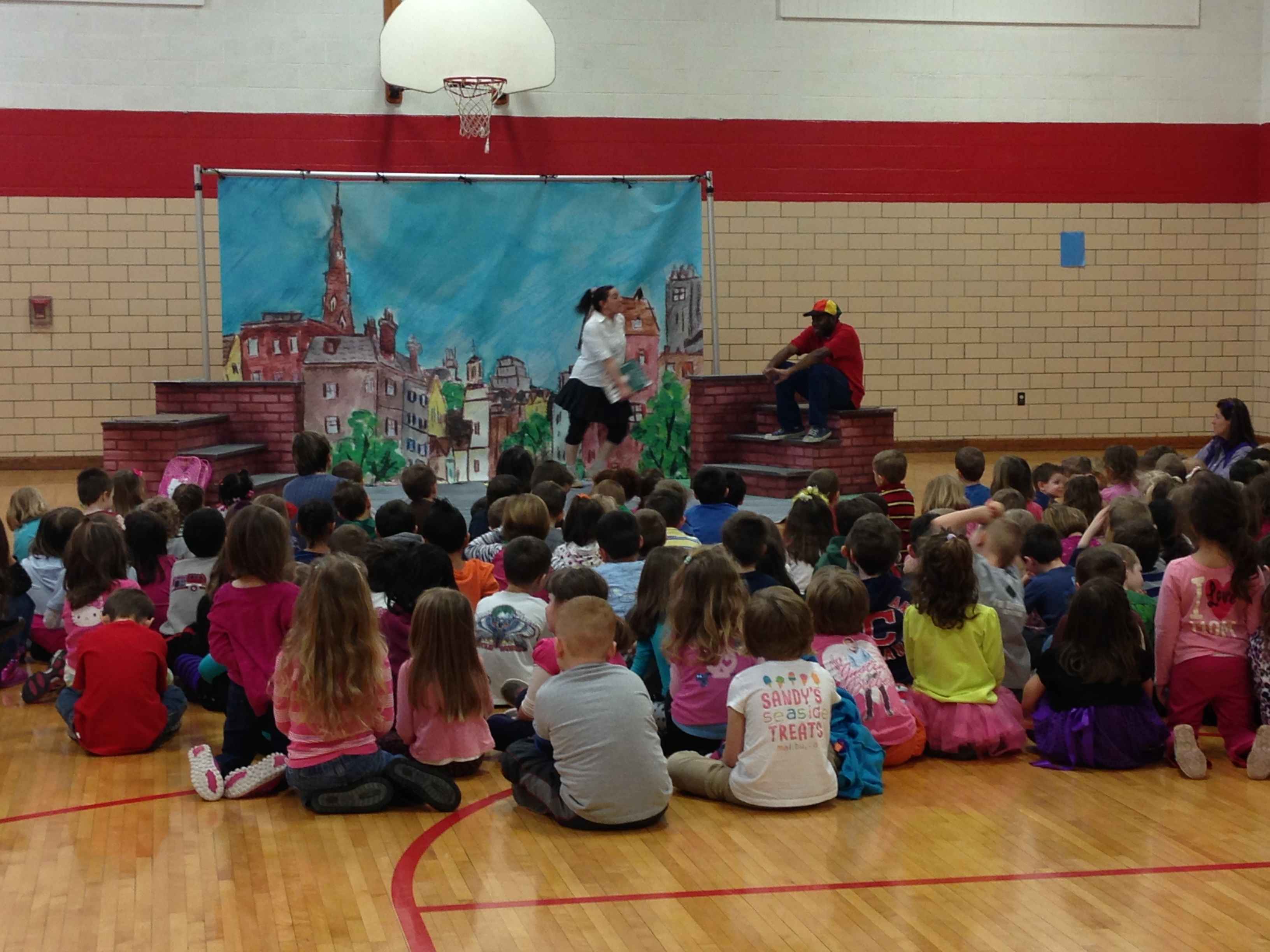
Last summer, just after the National Corporate Theatre Fund launched the Impact Creativity campaign to sustain and grow theatre education programs serving mostly disadvantaged kids across the country, we started hearing from theatres about the challenges of getting kids into their traditional student matinee programs, and the challenges in funding them.
This is critical to the future of the art form, as reported by the National Endowment for the Arts:
"Arts education was the strongest predictor of almost all types of arts participation. 70 percent of all adults who had participated in arts education as an adult attended a benchmark arts event, while only 30 percent of Americans who had an arts education attend a benchmark arts event." (Beyond attendance: a multi-modal understanding of arts participation, by Jennifer Novak-Leonard and Alan Brown.)
Yet, as Pamela DiPasquale, Director of Education at award-winning Cleveland Play House, told me: "With all of the demands for standardized testing, teachers really have no choice but to focus in on their instructional times to meet those academics subjects like reading, math and science. While those are all important, arts always falls to the wayside."
These challenging circumstances call for bold measures, so Pamela is launching an innovative response: a Classroom Matinee Touring Program. This is far more than a teaching artist in a classroom. Right now, a specially-commissioned play is touring schools in 12 Ohio counties, bringing theatre to kids so that they don't have to leave school, ride a bus and miss out on mandated teaching programs. The touring program accommodates the reality of today's educational constraints: time, money, testing and policy issues. And it is clearly delivering a true theatrical experience, one that elicits the engagement, inspiration and connections we seek in theatre.
The program will eventually reach 16,000 kids. We have included this program, along with 18 others, in the Impact Creativity Innovation Program which showcases interdisciplinary and innovative approaches to theatre education. It is among our top priorities right now.
"Participation in theatre in arts really changes the way students perceive not only themselves... but also helps them develop skills to partake in the world," said Pamela. "They learn to speak with each other, speak to different people, and get to know and accept people who might feel differently from them."
The play on tour is Margie & Mike, which draws from the Play House's production of David Lindsay-Abaire's Good People. The tour includes a set, actors, costumes and pre-show workshops that tie the play into core curriculum topics and goals. They set up in gyms and multi-purpose rooms and perform for kids K-3, a younger age than most matinee programs serve because NCTF theatres usually program plays for older audiences.

Margie & Mike, part of the Classroom Matinee Touring Program at the Cleveland Play House
"The tour has proven very compelling," Pamela says. "One character lives in poverty and wants to care for her father, and she generates incredible empathy among the students. During a post-show Q and A, one student said, 'Isn't this what Martin Luther King would want us to do?' Kids are making real human connections."
Feedback from teachers is also very positive, and educator training with events and workshops are included with the tour. The program is designed to meet the expectation for learning in Common Core Standards for Social Studies and English Language Arts including Economics and Financial Literacy.
Pamela has devised a flexible and effective way of getting theatre to the kids, and we are working to help support this innovative approach. It is one of the creative ways theatre educators are responding to current education realities. Yet while the kids learn about attending a play at the theatre, this will not give children the experience of walking through those doors."
So I want to pose this question to policy makers and administrators: If the horizon of these children is so limited, shouldn't we invest the time and resources to expose them to community resources? The community built these theatres and sustains them, and counts on them to keep theatre vibrant where people live. What a pity if, a generation from now, very few students attended theatre in their youth and were inspired to become audiences or even artists in our field. Theatre is actually among the more vibrant and widely participated genres just now, but if we're not careful, a decline of student matinees in theatres could jeopardize audience and artistic engagement.
"What I find so fascinating, especially in urban neighborhoods, is often students' worlds really consist of the four blocks within their neighborhoods," Pam describes. "What theatre does is opens up their worlds well beyond those four blocks into new universes."
We applaud Pamela and her touring company. They are filling a dire gap in the lives of these kids and bringing excitement to the school day. Let's hope we can bridge this experience into the theatre itself, where the magic continues in an even bigger way, now and in the future.